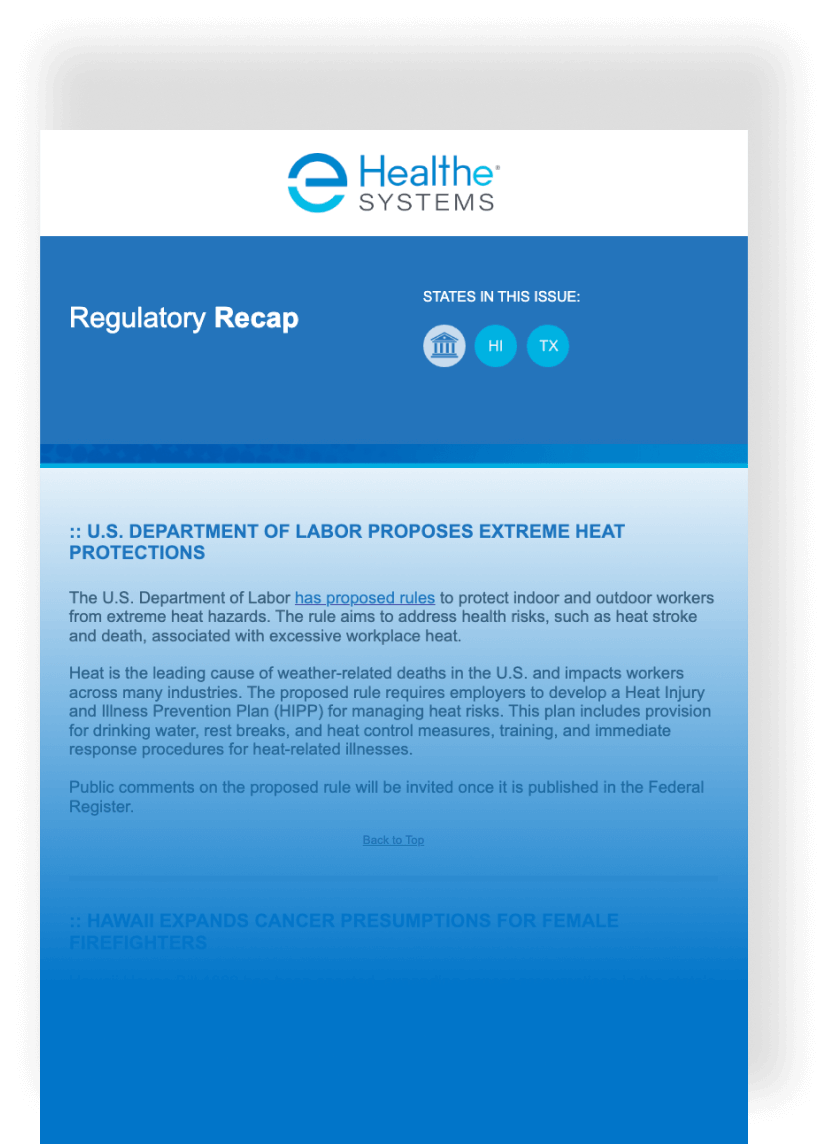The California Workers’ Compensation Institute (CWCI) reported trends in drug prescriptions and spending for injured workers from 2016 through June 2024.
The data found that anti-inflammatory drugs ranked first in terms of the number of prescriptions, but dermatologicals, which include several high-priced private label topicals (PLTs), accounted for the biggest share of the total drug spend.
Anti-inflammatory drugs were the most prescribed drug group, accounting for 35.3% of all prescriptions in 2021 and for 17.4% of drug spend in 2023. Growing prescriptions for ibuprofen primarily drove this growth.
Dermatological agents made up 4.9% of prescriptions in 2016, shooting up to 12.6% in 2024, largely due to lidocaine and diclofenac sodium – together which made up 81.6% of dermatological prescriptions. However, dermatologicals now make up the highest share of drug spend at 18.9% in 2024.
Opioid prescriptions continued to fall, going from 22% of prescriptions in 2016 down to 7.6% in 2024, while payment share fell from 18.2% to 4.9% in the same period.
Anticonvulsants were the third most prescribed drug group in 2024, with antidepressants ranking in at the fourth, with 8.1% of prescriptions. Musculoskeletal drugs made up 6% of prescriptions in 2024 and ulcer drugs made up 4.7% of prescriptions.
From 2018 to 2024, migraine drug spend jumped from 0.5% to 6.7%, making them the fourth biggest contributor of drug spend, despite low utilization.







